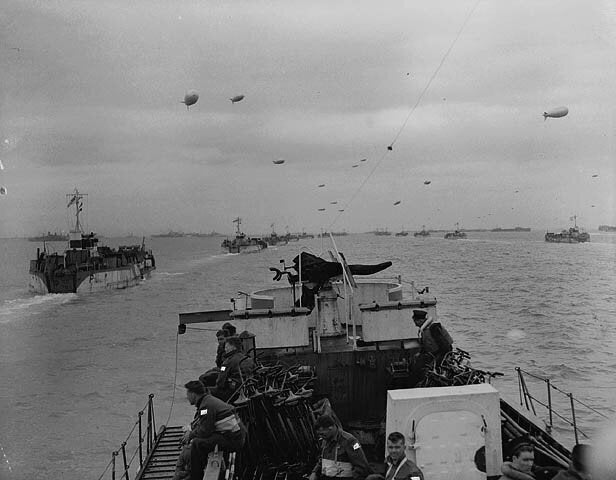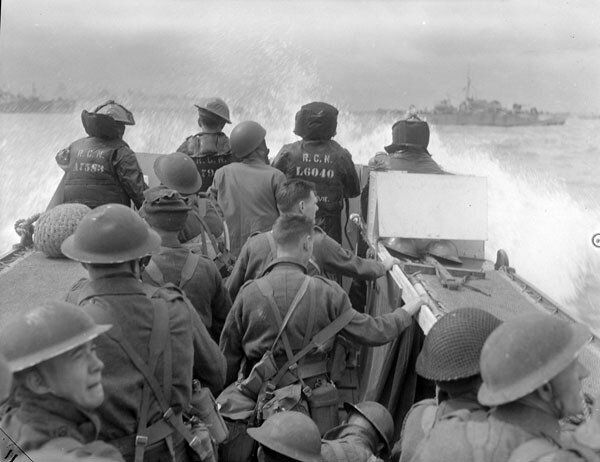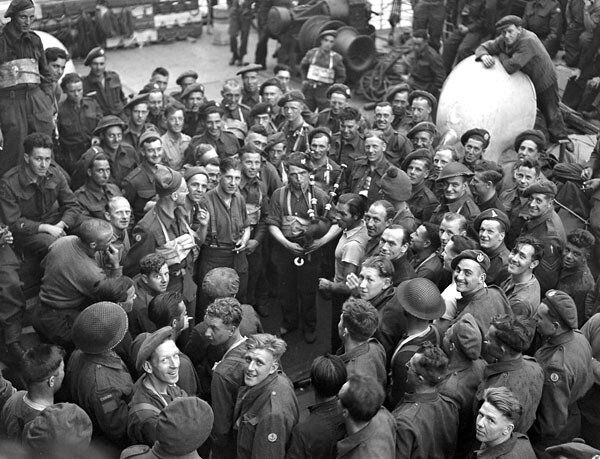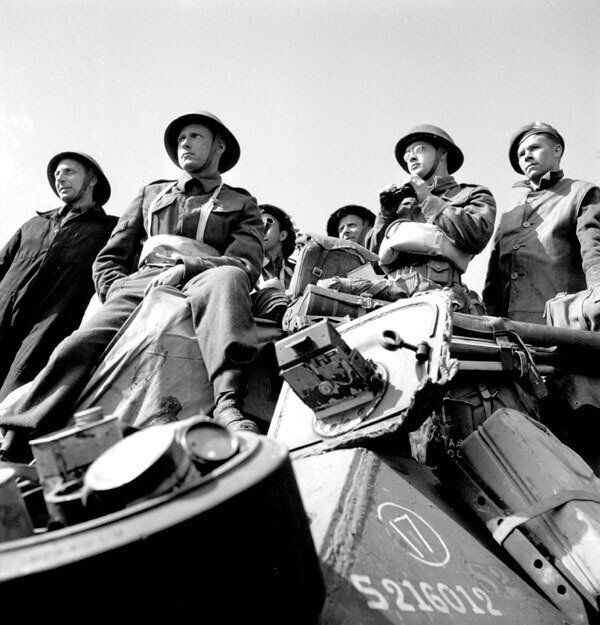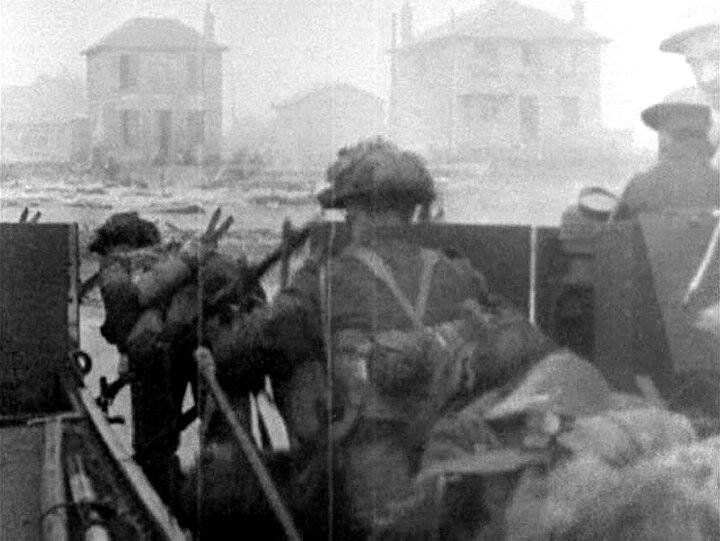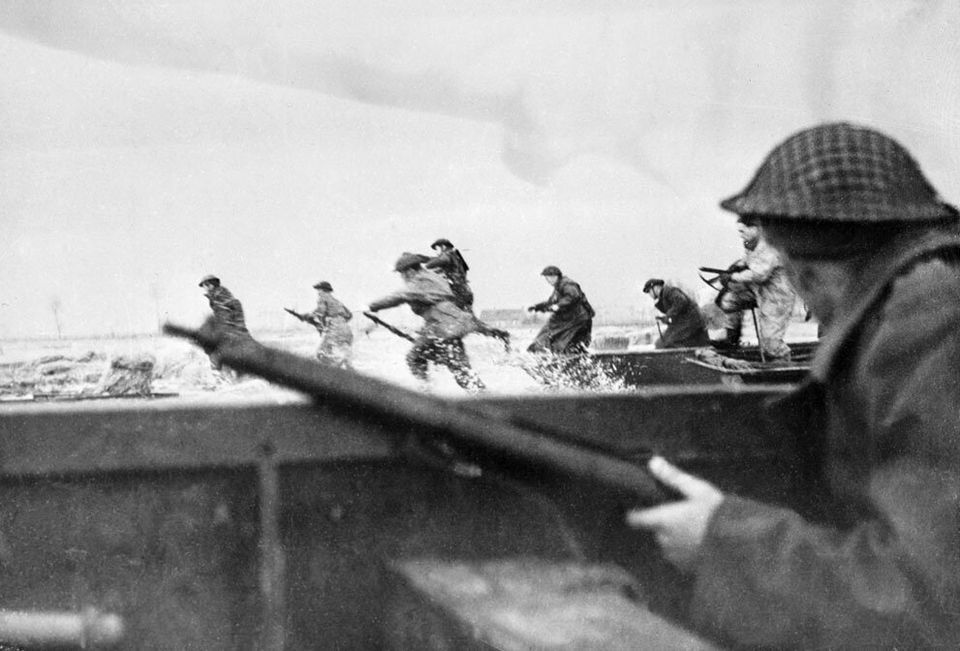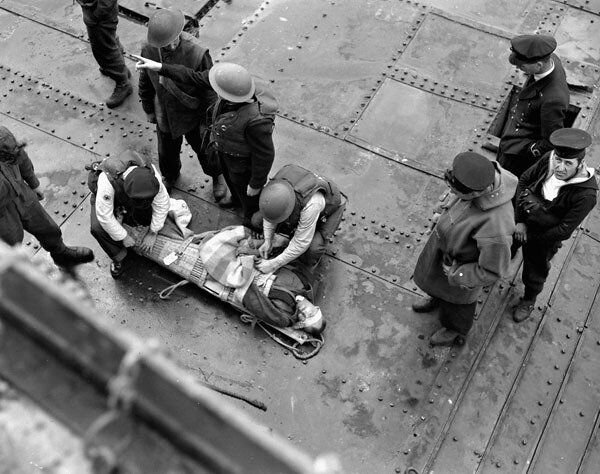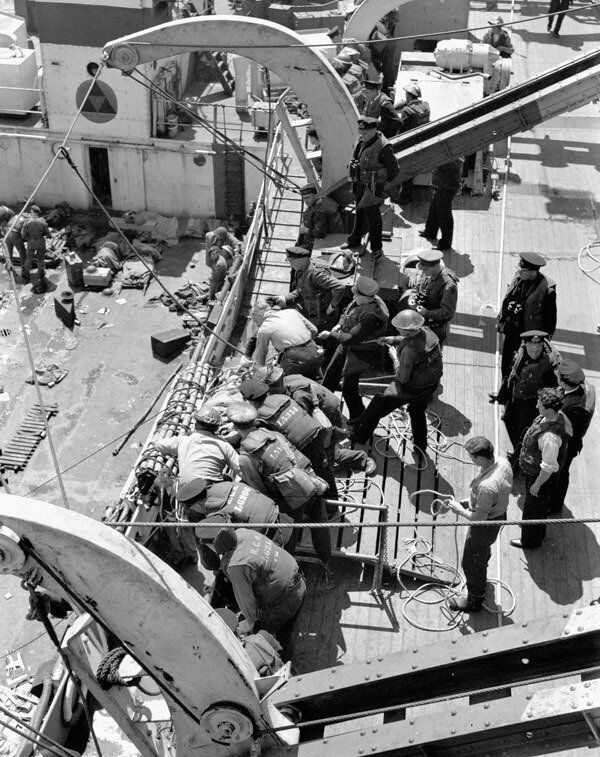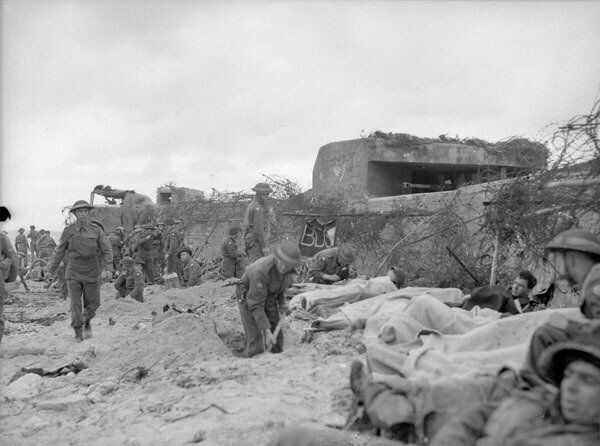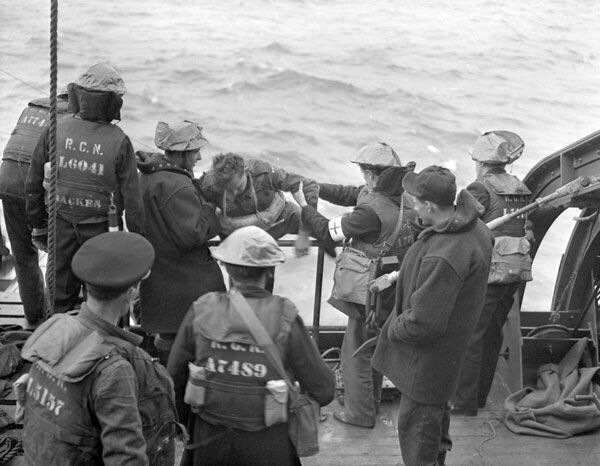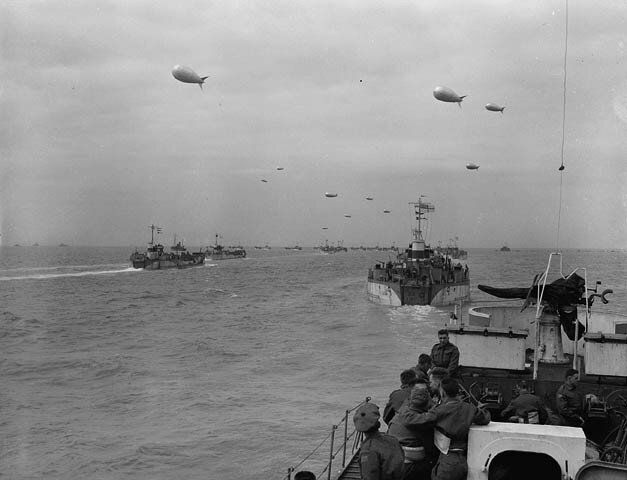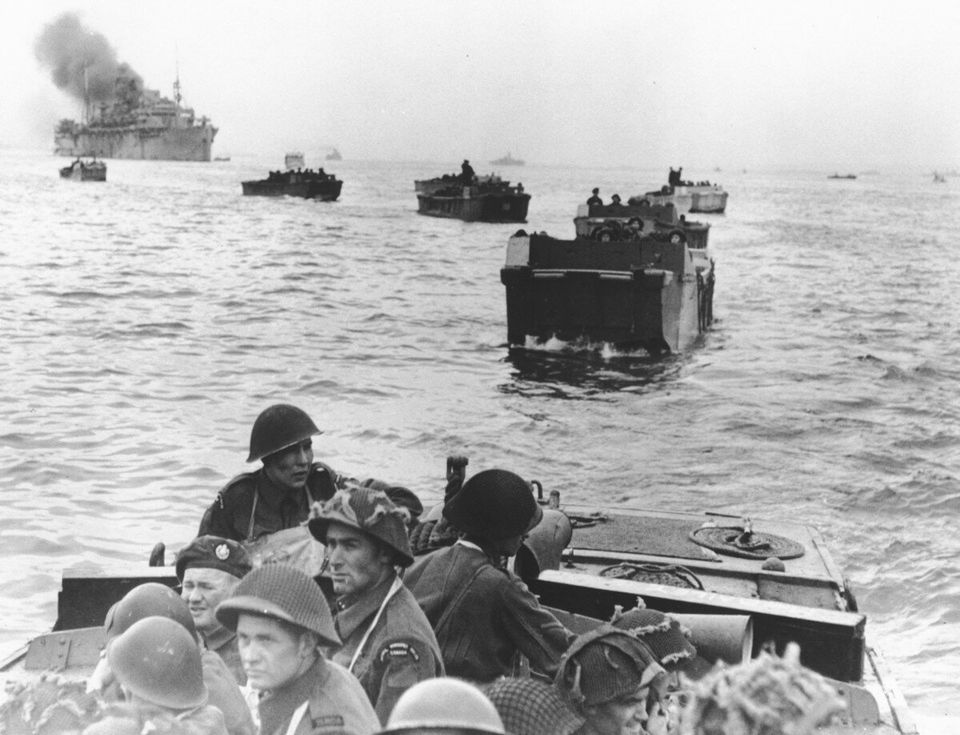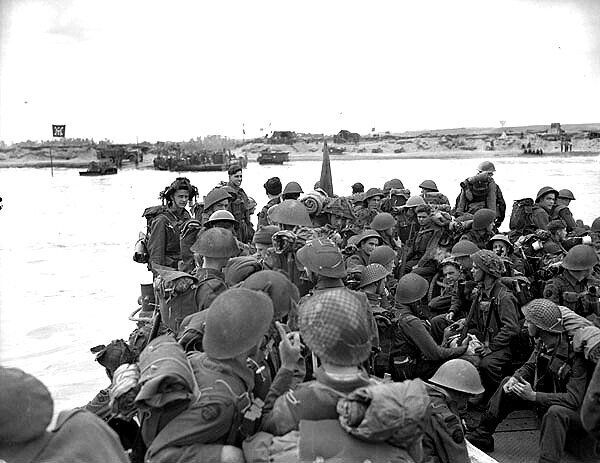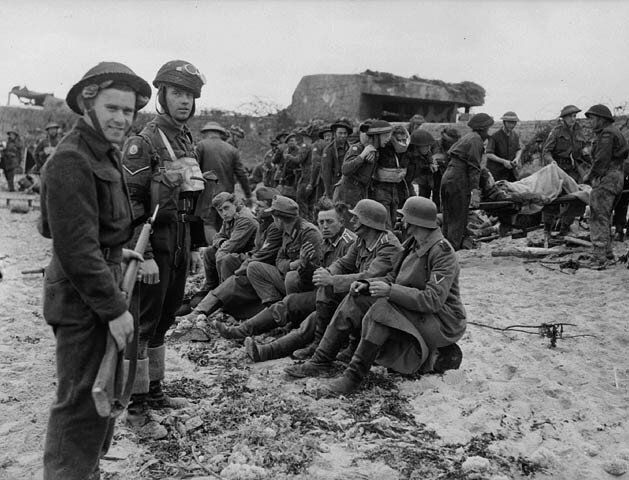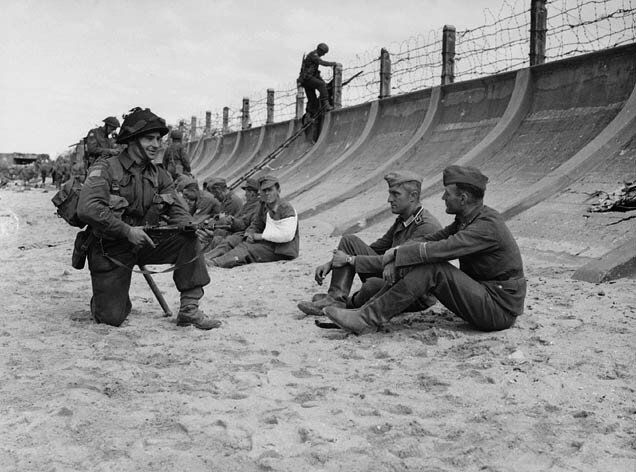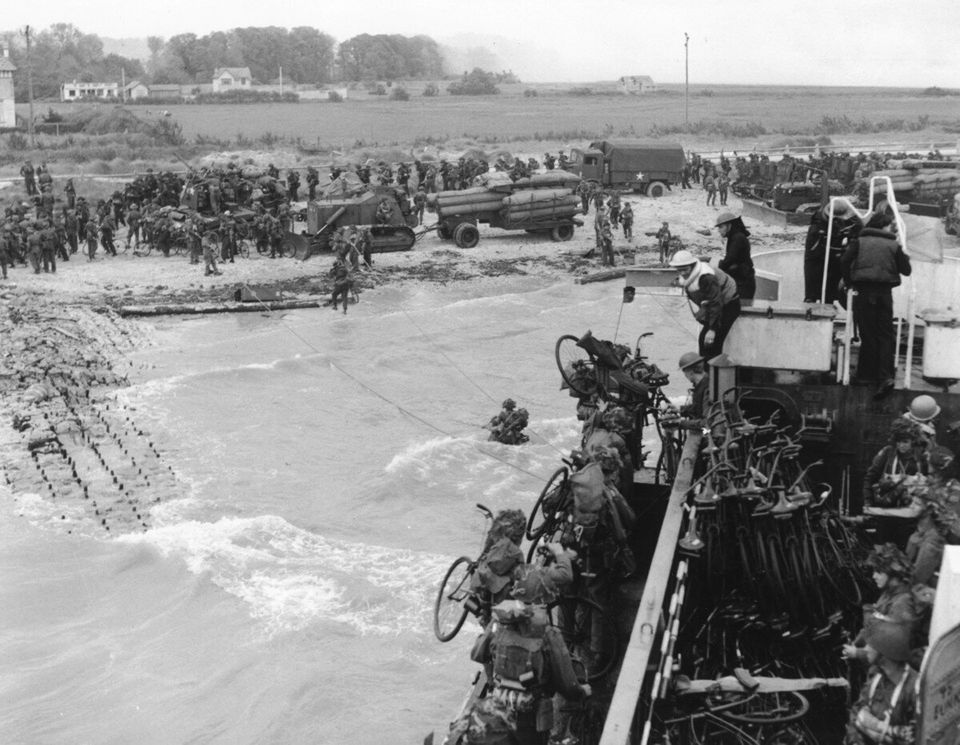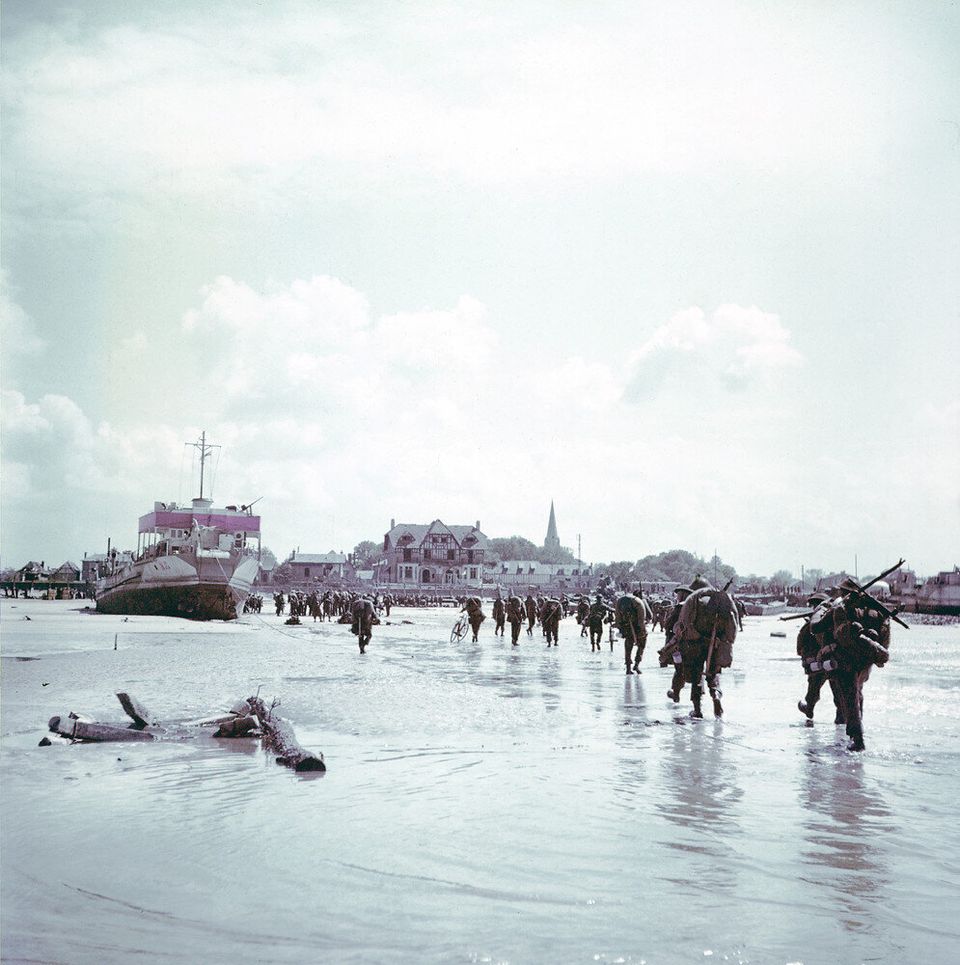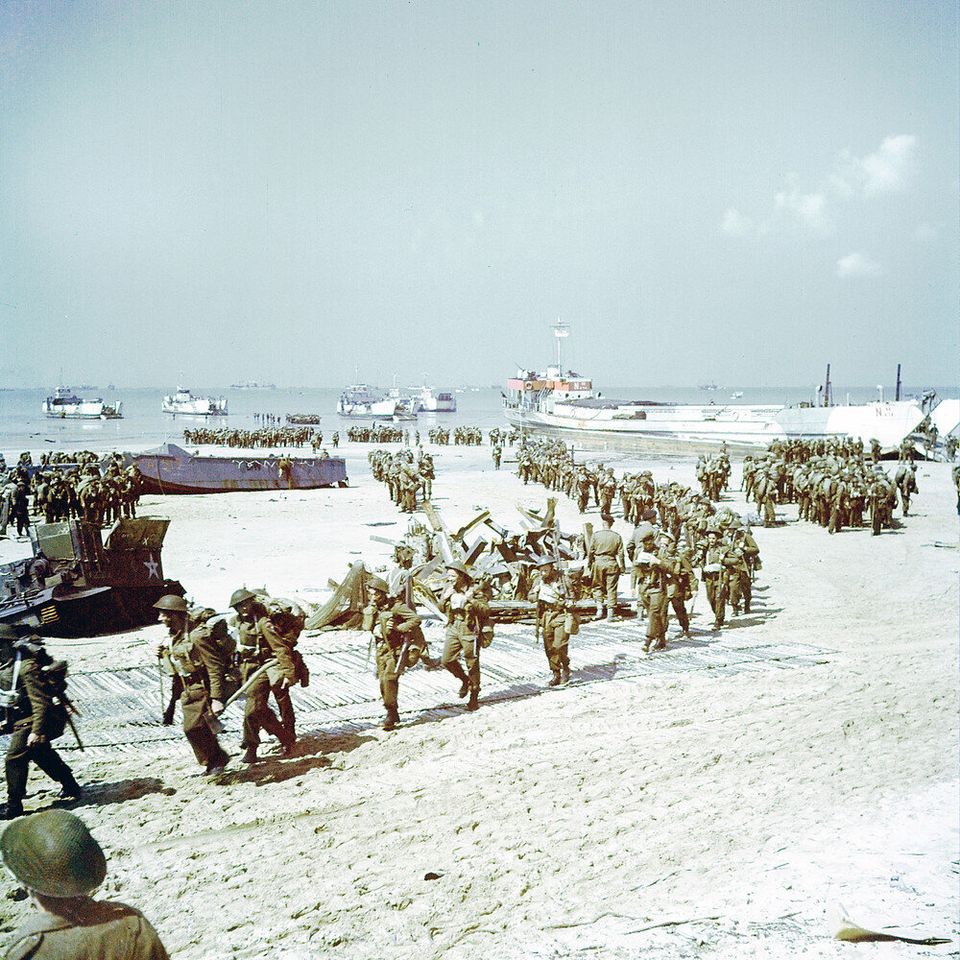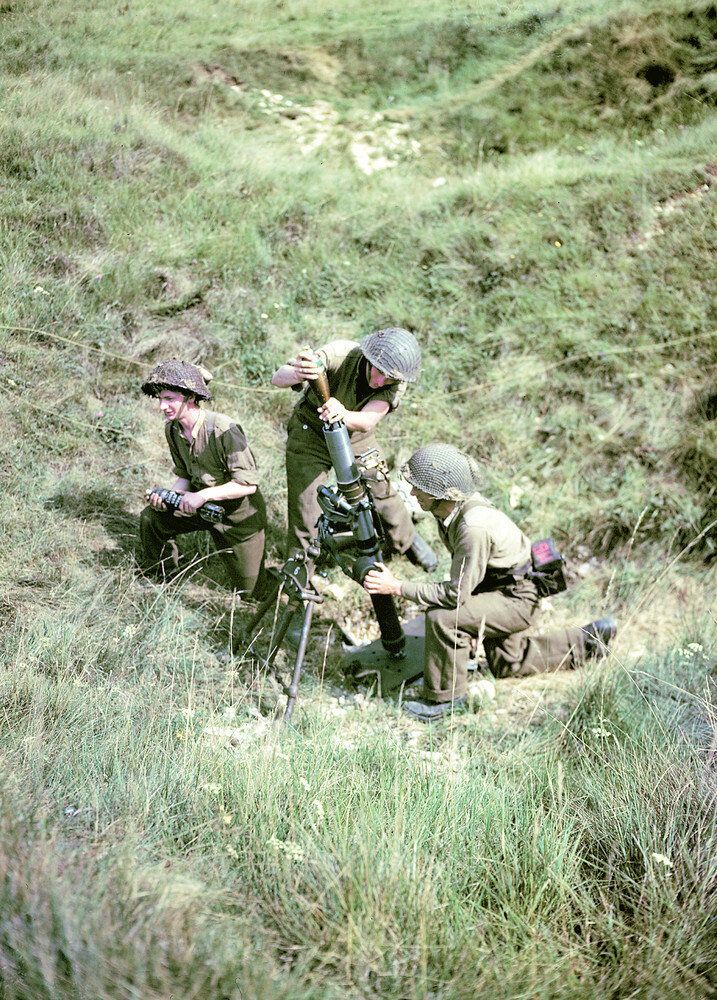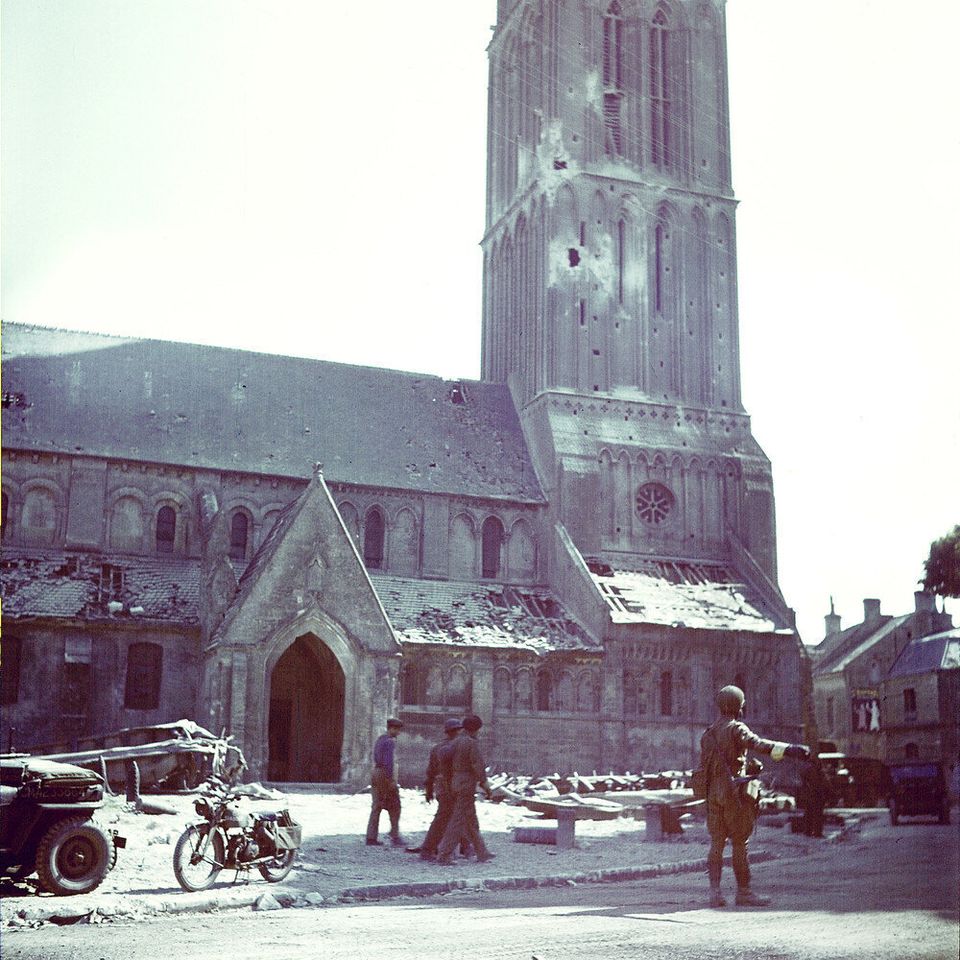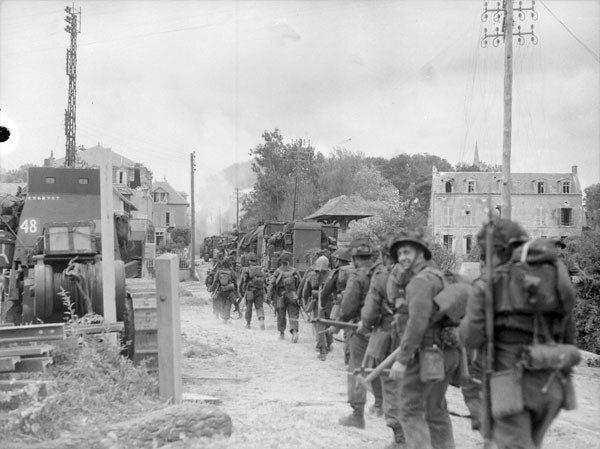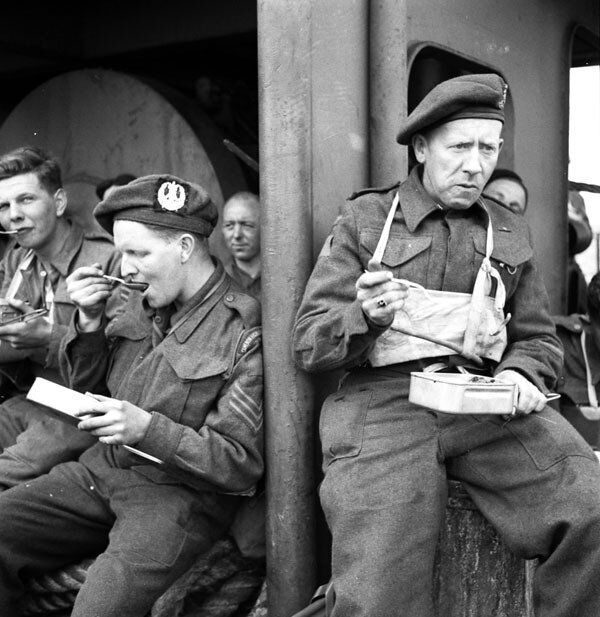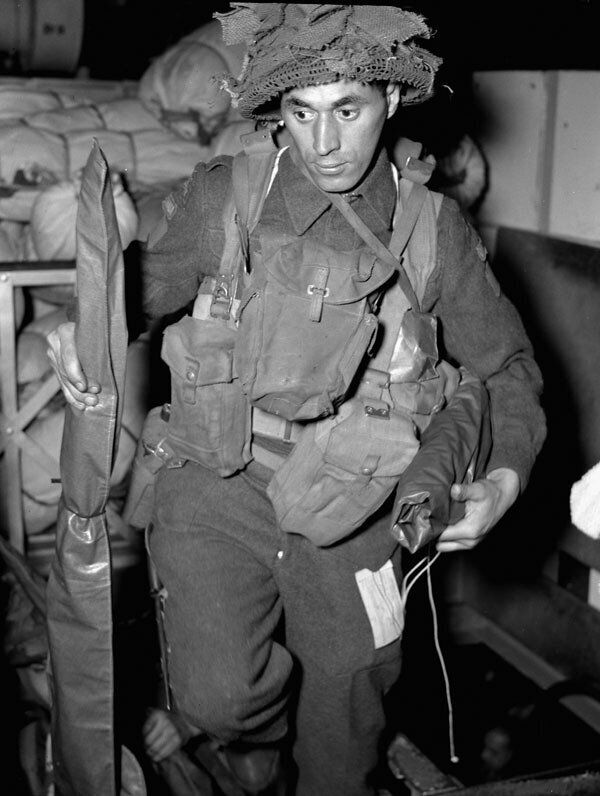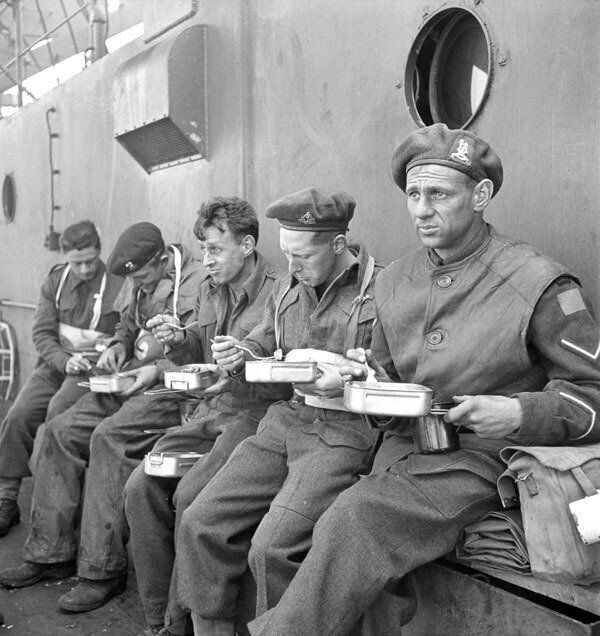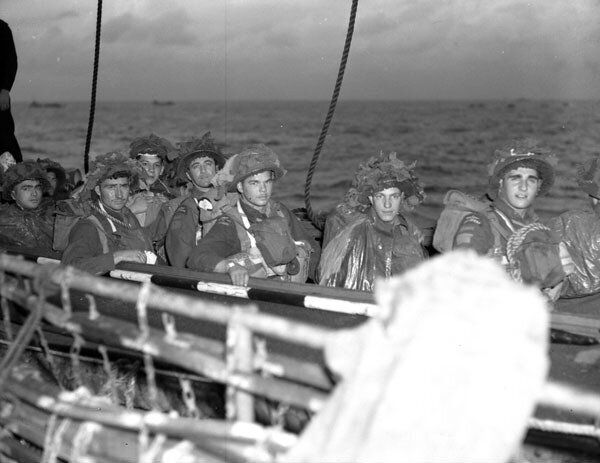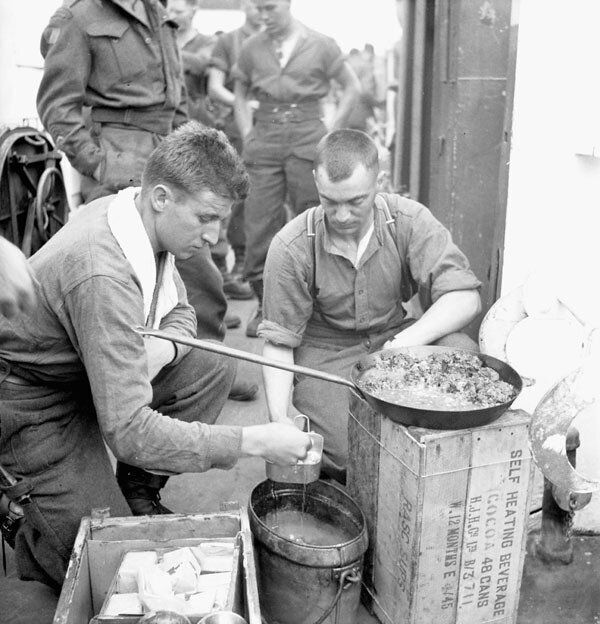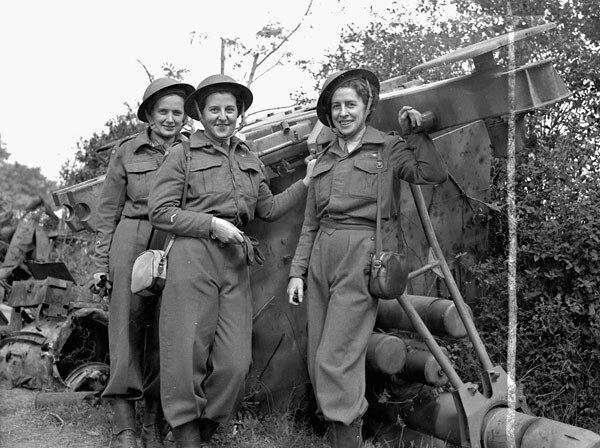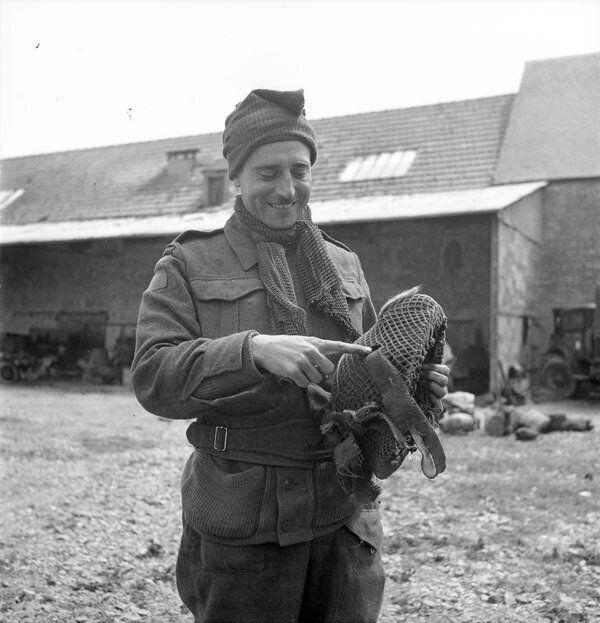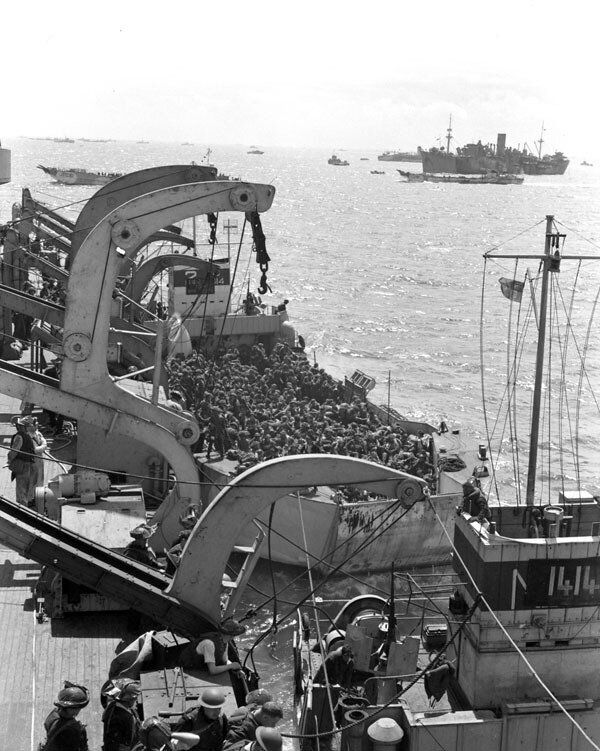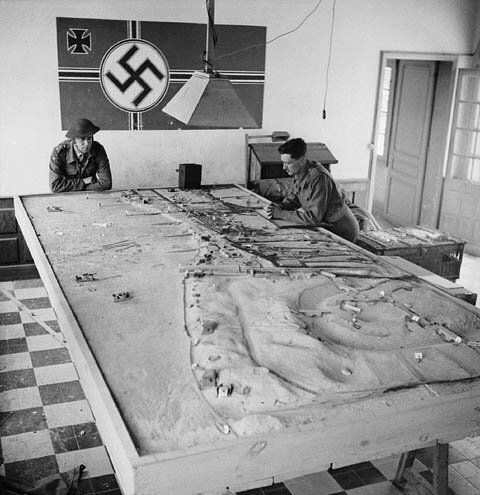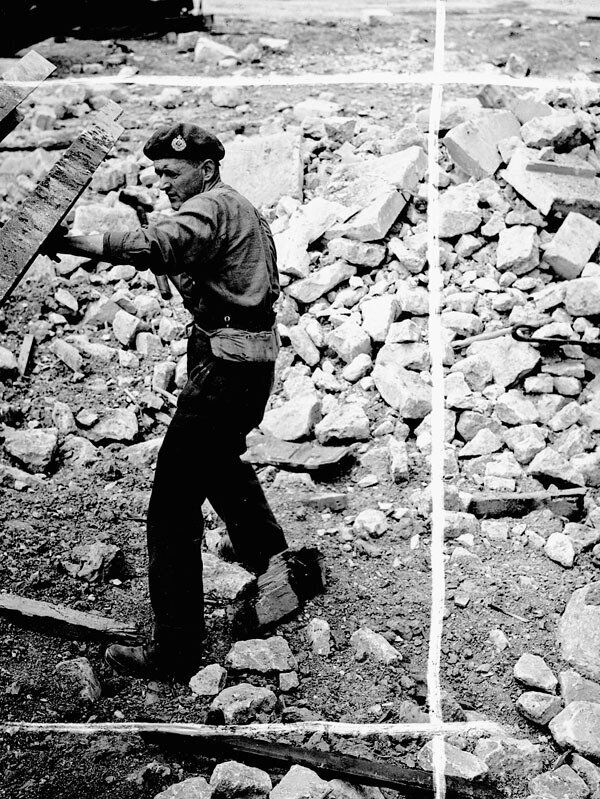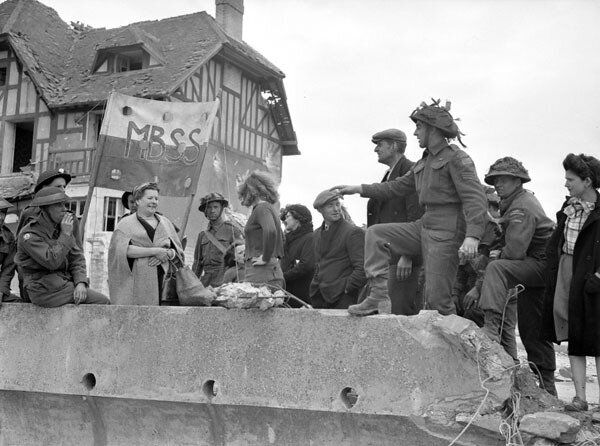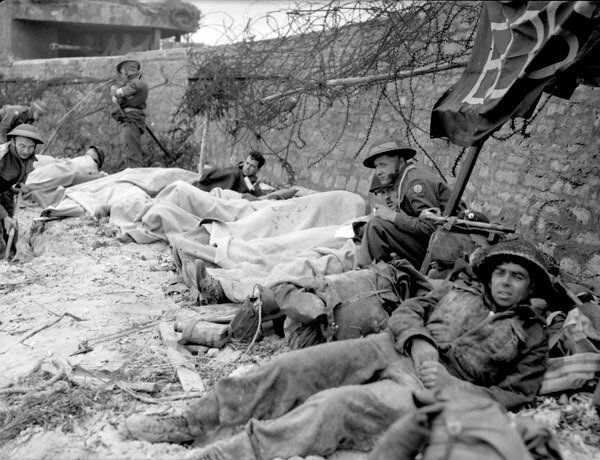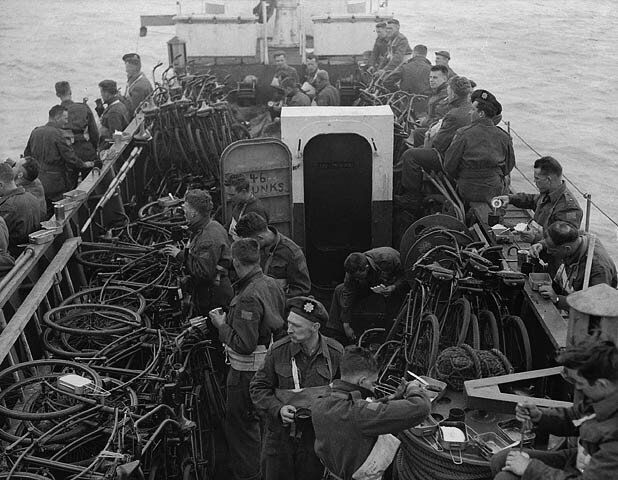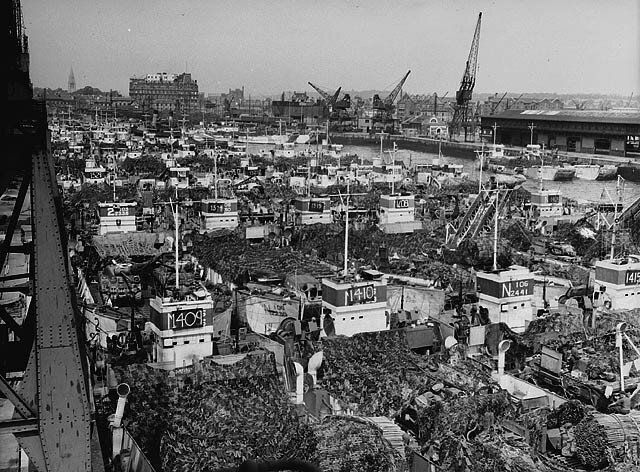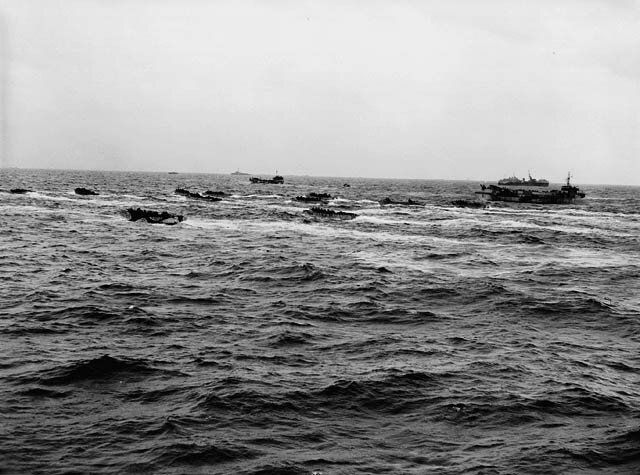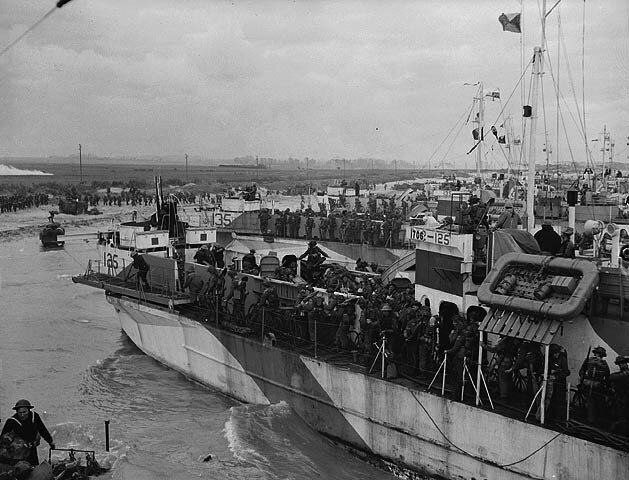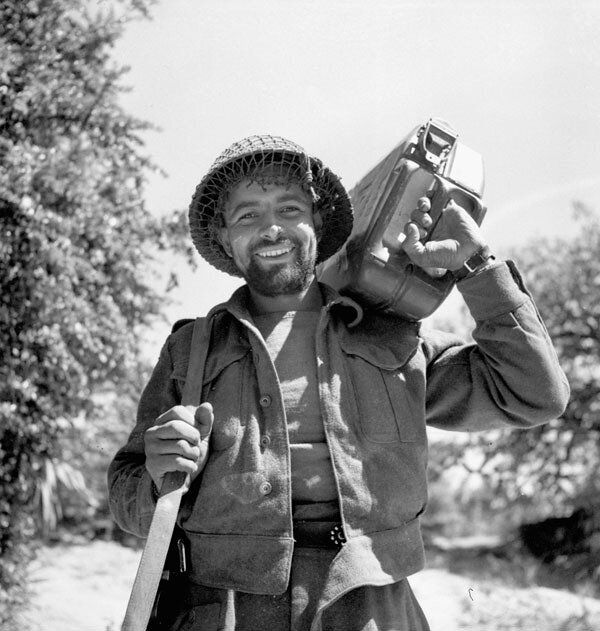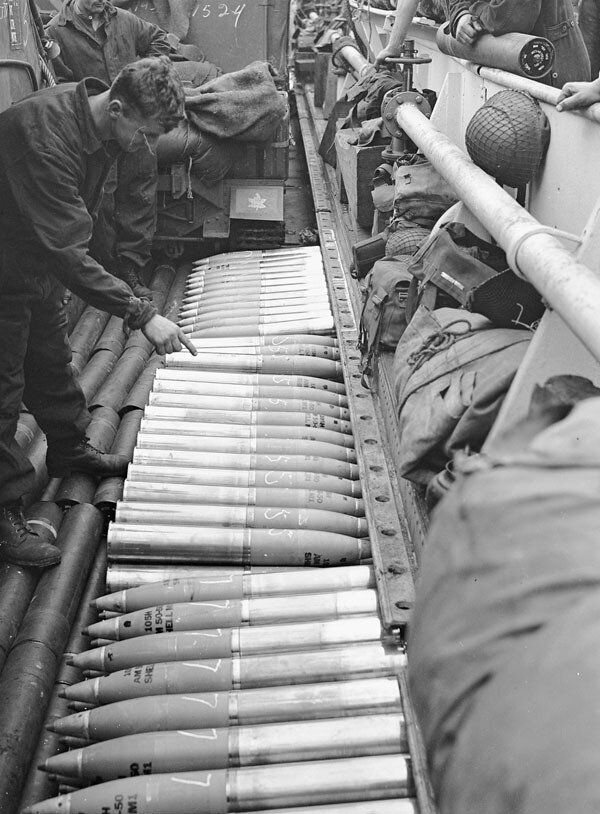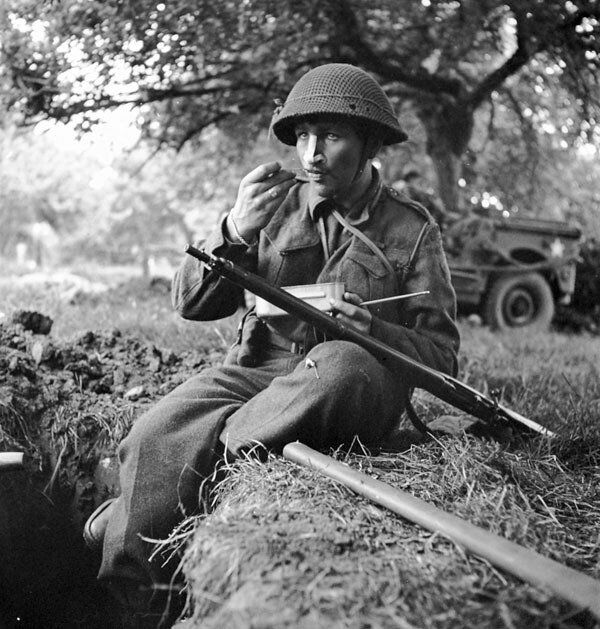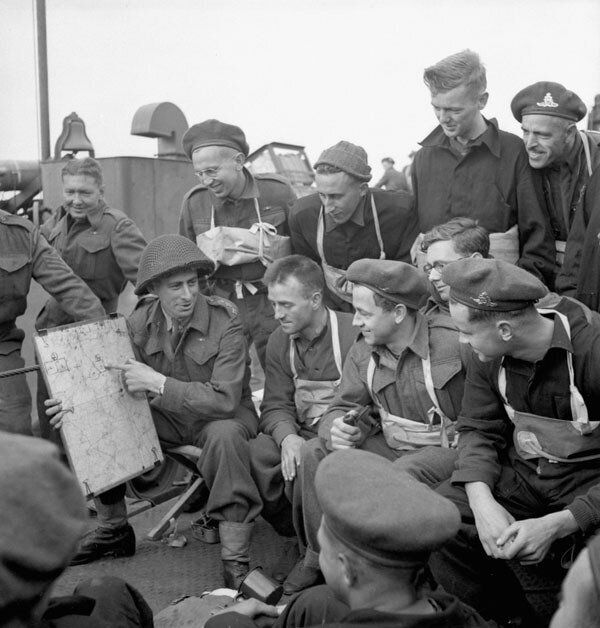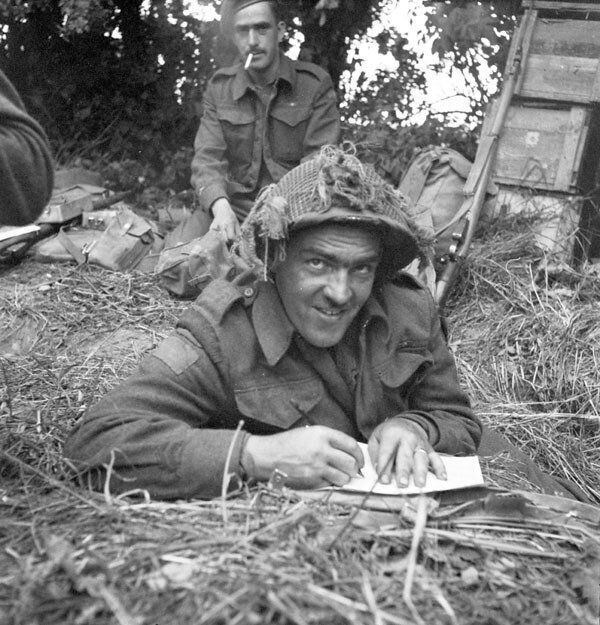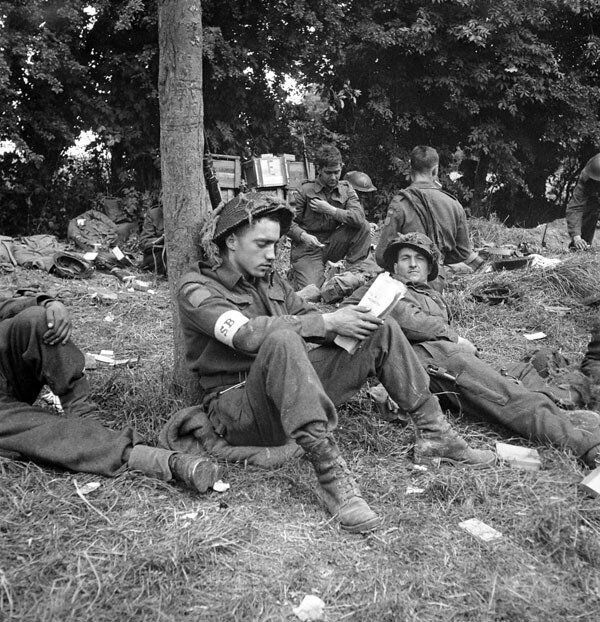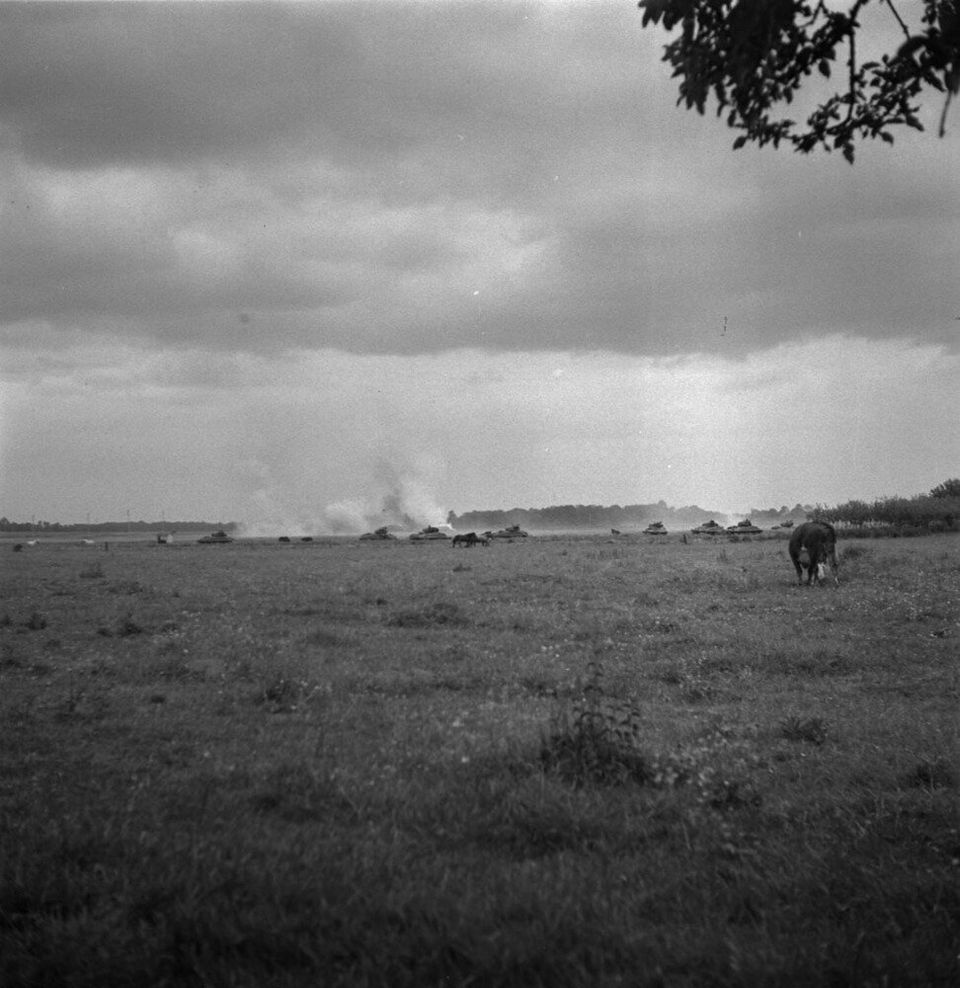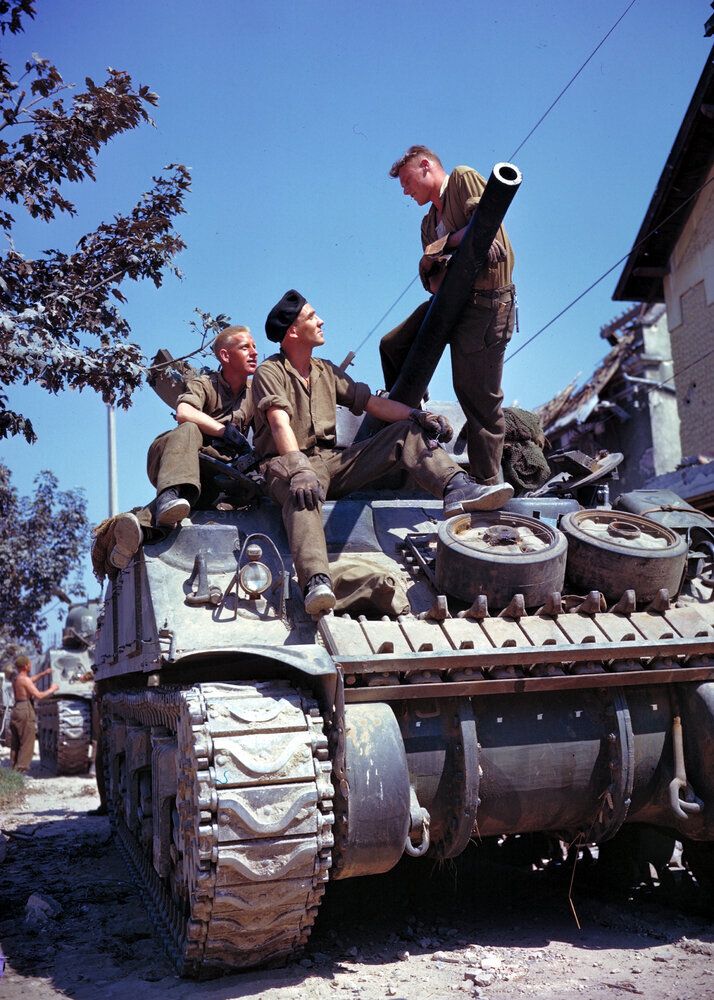All my life, I thought I was a proud, and grateful, Canadian.
There is, after all, so much to be proud of. We live in a wonderful country.
There is also much to be grateful for, because we didn't get to where we are by accident. We owe a great debt to the generations of people who worked hard, who sacrificed, who suffered through hard times, who in so many ways worked to improve on the world around them. We are lucky for the generations of politicians and other decision-makers who, over the course of our history, have made, most of the time, good decisions.
Our history has been far from perfect. Our aboriginal populations as well as successive waves of newcomers from different parts of the world have at times suffered discrimination and abuse. Some still do. We have not, in Canada, been immune to the ability of humans to be awful to each other.
But most Canadians have not known, let alone shared, the incredible suffering of so many around the world under totalitarian, oppressive, sometimes murderous regimes.
So it was that in June of this year I became even more proud of being Canadian, and even more grateful -- this time to a particular group of Canadians: those who, in WWII, helped liberate Europe from levels of oppression and man's inhumanity to man that we here can't even imagine.
My father, Hugh B. Hall, landed on D-Day, 70 years ago -- June 6, 1944. He was a member of the Signal Corps, part of the Stormont, Dundas, Glengarry Highlanders (the "Glens"). He was awarded the Military Cross for, with his men, working for days without rest and under constant fire to ensure functioning communication lines in those critical days after the beach landings in Normandy. He and many other Canadians went on to help liberate Holland, and the war in Europe finally ended less than a year later.
But the suffering of so many innocent civilians, for so long, was immense. The losses among the liberating forces were huge.
Our dad was a lieutenant, and at only 22, was responsible for writing letters to the families of those of his men who were killed in action and who would never return home. Many of them were even younger than he was. It is said that they grew up fast in those awful days of fighting - but "they" were the lucky ones. So many young men were killed -- denied ever being able to grow up at all.
Three of my siblings and I went to France to commemorate the 70th anniversary of the D-Day landings. We were there for our dad, but also to honour all of the other soldiers -- and the millions of civilians -- who suffered through those times.
On June 6, we walked Juno Beach. We tried to imagine from the few photos and limited film footage what it must have been like, landing that day. We went inland and visited places where battles had been fought, including what became know as "Hell's Corner" at Villons-les-Buissons, where dad and his platoon were stuck for days on end under heavy fire.
At many of these places, now innocently quiet in the sunshine and calm breeze, we found small plaques honouring lost soldiers. Underneath were simple wreaths placed by friends and relatives of the soldiers and -- to our surprise -- by locals from the various villages. This was, for us, the most emotional. On seeing Canadian flags, people came out of their houses to say -- even after 70 years -- "Thank you." Some told stories of how difficult the occupation had been, and of the French Resistance. Some told stories of how happy they had been, or their relatives now passed on, to see the Allied soldiers arrive. Some told stories of harbouring soldiers. An old woman showed us a pack of cards, now 70 years old, that a soldier had given her in thanks for the milk she'd given him. She had been only a child, and she didn't know whether 'her' soldier had lived or died, but she had never forgotten him.
We Canadians must never forget him either, because he was just one of many who fought to ensure that Europe could return to freedom. By extension, that young soldier, our dad, and the many others who gave so much of themselves -- many, even their lives -- helped ensure that Canada could be the wonderful country that we call home.
DND/Library and Archives Canada
View from landing craft 306 of the 2nd Canadian Flotilla showing ships of Force 'J' en route to France on D-Day. Photographer: Gilbert Alexander Milne
DND/Library and Archives Canada
Infantrymen in a Landing Craft Assault (LCA) going ashore from H.M.C.S. PRINCE HENRY off the Normandy beachhead, France, 6 June 1944. Photographer: Dennis Sullivan
DND/Library and Archives Canada
Lieutenant Leslie Herbert Browne, Royal Canadian Engineers, playing his David Glen bagpipes aboard a ship en route to France on D-Day, 6 June 1944. Photographer: Donald I. Grant
DND/Library and Archives Canada
Personnel of I Troop, 94 Battery, 3rd Anti-Tank Regiment, Royal Canadian Artillery (R.C.A.), riding an M-10 armoured vehicle aboard a Rhino ferry, Bernières-sur-Mer, France, 6 June 1944. Photographer: Ken Bell
Canadian troops land in France.
Getty
Canadian soldiers land on Courseulles Beach in Normandy, on June 6, 1944 as Allied forces storm the Normandy beaches on D-Day, June 6, 1944.
DND/Library and Archives Canada
A wounded Canadian soldier being given adrenalin on the deck of a Landing Craft Tank (LCT) alongside H.M.C.S. PRINCE DAVID off the Normandy beachhead, France, 6 June 1944. Photographer: Donovan J. Thorndick
DND/Library and Archives Canada
A wounded Royal Navy Beach Commando being taken aboard H.M.C.S. PRINCE DAVID off the Normandy beachhead, France, 6 June 1944. Photographer: Donovan Thorndick
DND/Library and Archives Canada
Wounded Canadian soldiers awaiting transfer to a Casualty Clearing Station of the Royal Canadian Army Medical Corps (R.C.A.M.C.) on D-Day, Courseulles-sur-Mer, France, 6 June 1944. Photographer: Frank L. Dubervill
DND/Library and Archives Canada
Survivors of a capsized Landing Craft Infantry (LCI) being helped aboard H.M.C.S. PRINCE HENRY off the Normandy beachhead, France, 6 June 1944. Photographer: Dennis Sullivan
DND/Library and Archives Canada
Troops of the 9th Canadian Infantry Brigade (Stormont, Dundas, and Glengarry Highlanders) going ashore from LCI (L) 299 [Landing Craft Infantry], Bernières-sur-mer, Normandy, France, 6 June 1944. Photographer: Gilbert Alexander Milne
DND/Library and Archives Canada
Invasion craft en route to France on D-Day. Photographer: Gilbert A. Milne
AP
Canadian troops in landing crafts approach a stretch of coastline code-named Juno Beach, near Bernieres-sur-mer, as the Allied Normandy invasion gets under way on June 6, 1944.
DND/Library and Archives Canada
Personnel of Royal Canadian Navy Beach Commando "W" landing on Mike Beach, Juno sector of the Normandy beachhead. Photographer: Richard Graham Arless
DND/Library and Archives Canada
A member of the Canadian Provost Corps (C.P.C.) guarding the first German prisoners to be captured by Canadian soldiers in the Normandy beachhead, France, 6 June 1944. Photographer: Frank L. Dubervill
DND/Library and Archives Canada
Sergeant R. Gagnon of Le Régiment de la Chaudière with a German prisoner on Nan White Beach, Bernières-sur-Mer, France, 6 June 1944. Photographer: Frank L. Dubervill
DND/Library and Archives Canada
Corporal Victor Deblois of Le Régiment de la Chaudière guarding German prisoners on Juno Beach, Bernières-sur-Mer, France, 6 June 1944. Photographer: Frank L. Dubervill
DND/Library and Archives Canada
Soldiers of the 2nd Canadian Flotilla establish a beachhead code-named Juno Beach, near Bernieres-sur-mer on June 6, 1944.
DND/Library and Archives Canada
Troops of the 3rd Canadian Infantry Division land at Juno Beach on the outskirts of Bernieres-sur-Mer on D-Day.
DND/Library and Archives Canada
The Saskatchewan Regiment of the 2nd Canadian Infantry Division lands at Juno Beach on the outskirts of Bernieres-sur-Mer June 6, 1944.
DND/Library and Archives Canada
Soldiers of the 3rd Canadian Infantry Division set up a mortar on Juno Beach on the outskirts of Bernieres-sur-Mer on June 6, 1944.
DND/Library and Archives Canada
A Canadian soldier directs traffic in Bernieres-sur-Mer on June 6, 1944.
DND/Library and Archives Canada
Infantrymen of Le Régiment de la Chaudière moving through Bernières-sur-Mer, France, 6 June 1944. Photographer: Frank Dubervill
DND/Library and Archives Canada
Private Jack Roy of Le Régiment de la Chaudière preparing to disembark from H.M.C.S. PRINCE DAVID off Bernières-sur-Mer, France, 6 June 1944. Photographer: Donovan J. Thorndick
DND/Library and Archives Canada
Canadian infantrymen from various units, including The Cameron Highlanders of Ottawa (M.G.), eating a meal aboard ship en route to the Normandy beachhead, France, 6 June 1944. Photographer: Ken Bell
DND/Library and Archives Canada
An unidentified infantryman of Le Régiment de la Chaudière preparing to disembark from H.M.C.S. PRINCE DAVID off the Normandy beachhead, France, 6 June 1944. Photographer: Donovan J. Thorndick
DND/Library and Archives Canada
Soldiers of the 9th Canadian Infantry Brigade eating aboard a landing craft en route to France, 6 June 1944. Photographer: Ken Bell
DND/Library and Archives Canada
Infantrymen of Le Régiment de la Chaudière in a Landing Craft Assault (LCA) alongside H.M.C.S. PRINCE DAVID off Bernières-sur-Mer, France, 6 June 1944. Photographer: Donovan J. Thorndick
DND/Library and Archives Canada
Infantrymen of The Highland Light Infantry of Canada cooking a meal aboard LCI(L) 306 of the 2nd Canadian (262nd RN) Flotilla en route to France on D-Day, 6 June 1944. Photographer: Gilbert Alexander Milne
DND/Library and Archives Canada
The first nursing sisters of the Royal Canadian Army Medical Corps (R.C.A.M.C.) to land in France after D-Day. Photographer: Frank L. Dubervill
DND/Library and Archives Canada
Rifleman R.A. Marshall, Queen's Own Rifles of Canada, pointing out a hole in his helmet made by a German sniper's bullet on D-Day. Bretteville-Orgueilleuse, France, 20 June 1944. Photographer: Frank L. Dubervill
DND/Library and Archives Canada
A second section of infantrymen preparing to go ashore from H.M.C.S. PRINCE DAVID off Bernières-sur-Mer, France, 6 June 1944. Photographer: Donovan J. Thorndick
DND/Library and Archives Canada
A Landing Craft Tank (LCT) bringing casualties out to H.M.C.S. PRINCE DAVID from the Normandy beachhead, France, 6 June 1944. Photographer: Donovan J. Thorndick
DND/Library and Archives Canada
Canadian soldiers studying a German plan of the beach during D-Day landing operations. Photographer: Ken Bell
DND/Library and Archives Canada
Unidentified personnel of the Canadian Armoured Corps (C.A.C.) using wireless signal information to plot enemy movements in the Normandy beachhead, France, 6 June 1944. Photographer: Ken Bell
DND/Library and Archives Canada
Sapper E.F. Dombrowski, 6th Field Company, Royal Canadian Engineers (R.C.E.), strips a steel beam from a damaged building to be used in constructing temporary bridges, Bretteville, France, 23 June 1944. Photographer: Frank L. Dubervill
DND/Library and Archives Canada
Infantrymen of Le Régiment de la Chaudière talking with French civilians, Bernières-sur-Mer, France, 6 June 1944. Photographer: Frank L. Dubervill
DND/Library and Archives Canada
Wounded Canadian soldiers awaiting evacuation to a Casualty Clearing Station of the Royal Canadian Army Medical Corps (R.C.A.M.C.) in the Normandy beachhead, France, 6 June 1944. Photographer: Frank L. Dubervill
DND/Library and Archives Canada
Infantrymen of the 1st Battalion, The Canadian Scottish Regiment, embarking in a Landing Craft Assault (LCA) alongside H.M.C.S. PRINCE HENRY off the Normandy beachhead, France, 6 June 1944. Photographer: Dennis Sullivan
DND/Library and Archives Canada
Personnel of the 9th Canadian Infantry Brigade landing from LCI(L) 125 of the 3rd Canadian (264th RN) Flotilla on 'Nan White' Beach on D-Day. Photographer: Gilbert Alexander Milne
DND/Library and Archives Canada
Infantrymen of The Highland Light Infantry of Canada aboard LCI(L) 306 of the 2nd Canadian (262nd RN) Flotilla en route to France on D-Day, 6 June 1944. Photographer: Gilbert Alexander Milne
DND/Library and Archives Canada
"D" Day preparations. Overhead shot showing part of the huge invasion fleet: Landing Craft, Tanks (LCTs) fully loaded and camouflaged. Photographer:Frank L. Dubervill
DND/Library and Archives Canada
Landing craft from H.M.C.S. PRINCE DAVID and S.S. MONOWAI going ashore at Bernières-sur-Mer on D-Day, 6 June 1944. L.C.I. of the Canadian Landing Craft Infantry (Large) Flotilla, of either the 260th, 262nd, or 264th. Photographer: Donovan B. Thorndick
DND/Library and Archives Canada
Canadian LCI(L)s going ashore on D-Day. Photographer: Gilbert Alexander Milne
DND/Library and Archives Canada
Private C.L. Jewell of The North Nova Scotia Highlanders, who wears a "D-Day" beard, Normandy, France, 22 June 1944. Photographer: Ken Bell
DND/Library and Archives Canada
Sherbrooke Fusiliers crew with a Sherman tank, which landed in France on D-Day, Zutphen, Netherlands, 8 June 1945. Photographer: Ken Bell
DND/Library and Archives Canada
Personnel with the Sherman tank "Bomb" of the Sherbrooke Fusiliers Regiment, which landed in France on D-Day and continued in action through to VE-Day. Zutphen, Netherlands, 8 June 1945. Photographer: Ken Bell
DND/Library and Archives Canada
Lance-Bombardier Walter Cooper, 14th Field Regiment, Royal Canadian Artillery (R.C.A.), aboard a Landing Ship Tank counting out 105mm. shells which will be fired on D-Day. Southampton, England, 4 June 1944. Photographer: Frank L. Dubervill
DND/Library and Archives Canada
Lieutenant L.L. Smith of the 9th Canadian Infantry Brigade resting by a slit trench during heavy shelling in the Normandy bridgehead, France, ca. 8-9 June 1944. Photographer: Ken Bell
DND/Library and Archives Canada
Captain S. Mendelsohn of the Royal Canadian Artillery (R.C.A.) briefing Canadian soldiers aboard a Landing Ship Tank (LST) en route to the Normandy beachhead, France, June 1944. Photographer: Ken Bell
DND/Library and Archives Canada
An unidentified infantryman of the 9th Canadian Infantry Brigade writing a letter home from the Normandy beachhead, France, ca. 8-9 June 1944. Photographer: Frank L. Dubervill
DND/Library and Archives Canada
Stretcher bearer of an unidentified regiment of the 9th Canadian Infantry Brigade in the Normandy bridgehead, ca. 8-9 June 1944. Photographer: Frank L. Dubervill
DND/Library and Archives Canada
Canadian tanks firing tracers into advancing Germans. Normandy, France, 8-9 June 1944. Photographer: Ken Bell
Wikimedia
Canadian crew of a Sherman-tank during the battle of Normandy in June 1944.
